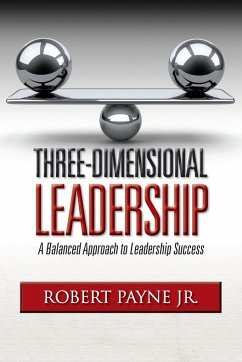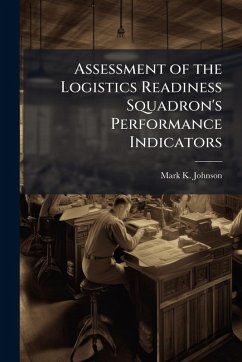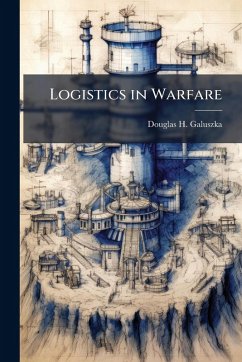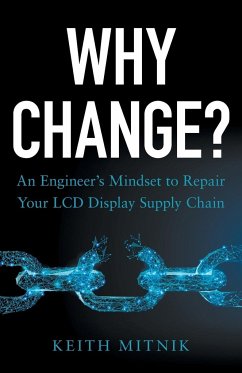
The Distributer's Three-Dimensional Pallet-Packing Problem

PAYBACK Punkte
9 °P sammeln!
The Distributor's Pallet Packing Problem is to load a set of distinct boxes with given dimensions on pallets or in containers to maximize volume utilization. This problem is still in its early stages of research, but there is a high level of interest in developing effective models to solve this NP-hard problem to reduce the time, energy and other resources spent in packing pallets. In its search to improve operations, the Air Force is also making an effort to solve this problem. Building an analytical model and developing a genetic algorithm approach have been tried, but the problem requires a...
The Distributor's Pallet Packing Problem is to load a set of distinct boxes with given dimensions on pallets or in containers to maximize volume utilization. This problem is still in its early stages of research, but there is a high level of interest in developing effective models to solve this NP-hard problem to reduce the time, energy and other resources spent in packing pallets. In its search to improve operations, the Air Force is also making an effort to solve this problem. Building an analytical model and developing a genetic algorithm approach have been tried, but the problem requires additional research and there is a need to produce realistic solutions in a reasonable amount of time. We develop a special heuristic algorithm and code it in the C programming language. In our model, we used powerful heuristic tools and dynamic data structure to mimic human intelligence, providing a new solution approach to pallet packing. We created another program to visualize packing results. Tests on hundreds of problems show that our model makes the most of volume utilization in minimal time making it a leader among presented and published works. This work has been selected by scholars as being culturally important, and is part of the knowledge base of civilization as we know it. This work was reproduced from the original artifact, and remains as true to the original work as possible. Therefore, you will see the original copyright references, library stamps (as most of these works have been housed in our most important libraries around the world), and other notations in the work. This work is in the public domain in the United States of America, and possibly other nations. Within the United States, you may freely copy and distribute this work, as no entity (individual or corporate) has a copyright on the body of the work. As a reproduction of a historical artifact, this work may contain missing or blurred pages, poor pictures, errant marks, etc. Scholars believe, and we concur, that this work is important enough to be preserved, reproduced, and made generally available to the public. We appreciate your support of the preservation process, and thank you for being an important part of keeping this knowledge alive and relevant.












